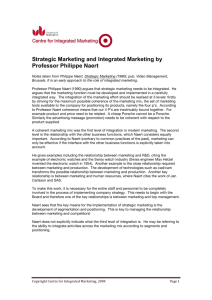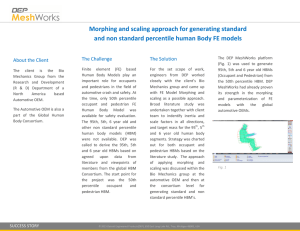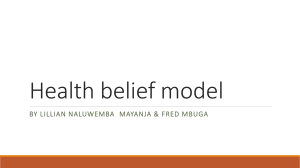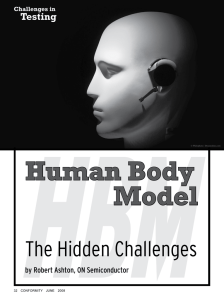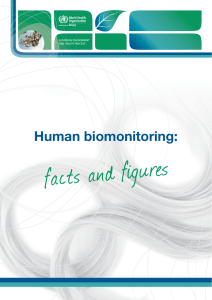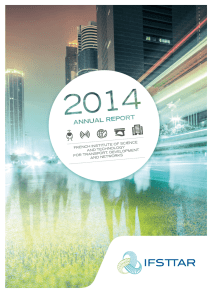Position and Personalise Advanced Human Body Models
advertisement
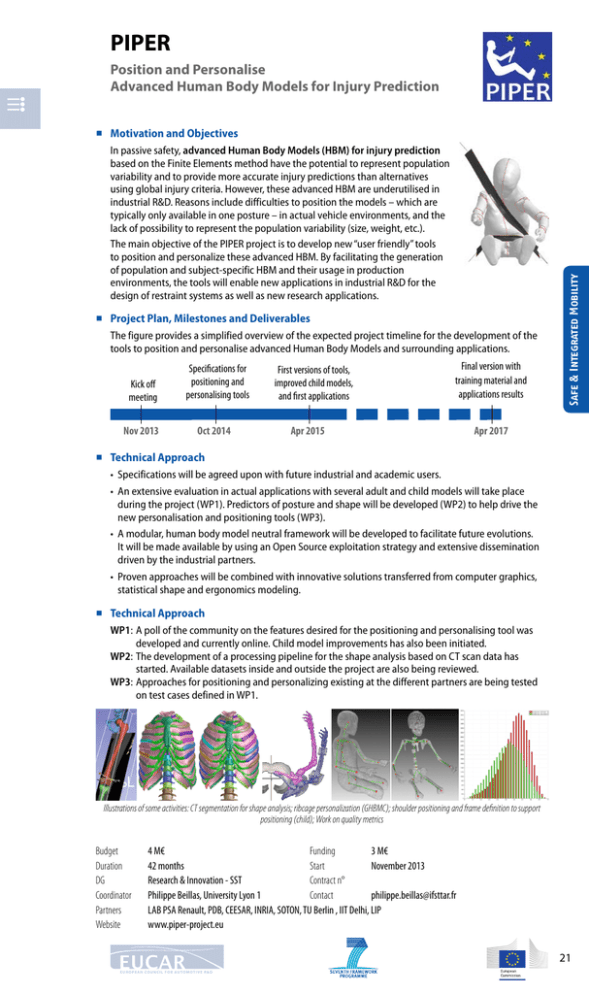
PIPER Position and Personalise Advanced Human Body Models for Injury Prediction In passive safety, advanced Human Body Models (HBM) for injury prediction based on the Finite Elements method have the potential to represent population variability and to provide more accurate injury predictions than alternatives using global injury criteria. However, these advanced HBM are underutilised in industrial R&D. Reasons include difficulties to position the models – which are typically only available in one posture – in actual vehicle environments, and the lack of possibility to represent the population variability (size, weight, etc.). The main objective of the PIPER project is to develop new “user friendly” tools to position and personalize these advanced HBM. By facilitating the generation of population and subject-specific HBM and their usage in production environments, the tools will enable new applications in industrial R&D for the design of restraint systems as well as new research applications. // Project Plan, Milestones and Deliverables The figure provides a simplified overview of the expected project timeline for the development of the tools to position and personalise advanced Human Body Models and surrounding applications. Kick off meeting Nov 2013 Specifications for positioning and personalising tools Oct 2014 First versions of tools, improved child models, and first applications Final version with training material and applications results Apr 2015 Safe & Integrated Mobility // Motivation and Objectives Apr 2017 // Technical Approach • Specifications will be agreed upon with future industrial and academic users. • An extensive evaluation in actual applications with several adult and child models will take place during the project (WP1). Predictors of posture and shape will be developed (WP2) to help drive the new personalisation and positioning tools (WP3). • A modular, human body model neutral framework will be developed to facilitate future evolutions. It will be made available by using an Open Source exploitation strategy and extensive dissemination driven by the industrial partners. • Proven approaches will be combined with innovative solutions transferred from computer graphics, statistical shape and ergonomics modeling. // Technical Approach WP1: A poll of the community on the features desired for the positioning and personalising tool was developed and currently online. Child model improvements has also been initiated. WP2: The development of a processing pipeline for the shape analysis based on CT scan data has started. Available datasets inside and outside the project are also being reviewed. WP3: Approaches for positioning and personalizing existing at the different partners are being tested on test cases defined in WP1. Illustrations of some activities: CT segmentation for shape analysis; ribcage personalization (GHBMC); shoulder positioning and frame definition to support positioning (child); Work on quality metrics Budget Duration DG Coordinator Partners Website 4 M€ Funding 3 M€ 42 months Start November 2013 Research & Innovation - SST Contract n° Philippe Beillas, University Lyon 1 Contact philippe.beillas@ifsttar.fr LAB PSA Renault, PDB, CEESAR, INRIA, SOTON, TU Berlin , IIT Delhi, LIP www.piper-project.eu 21 E UROPE AN COUN CIL F OR AU TOM OTI V E R& D



